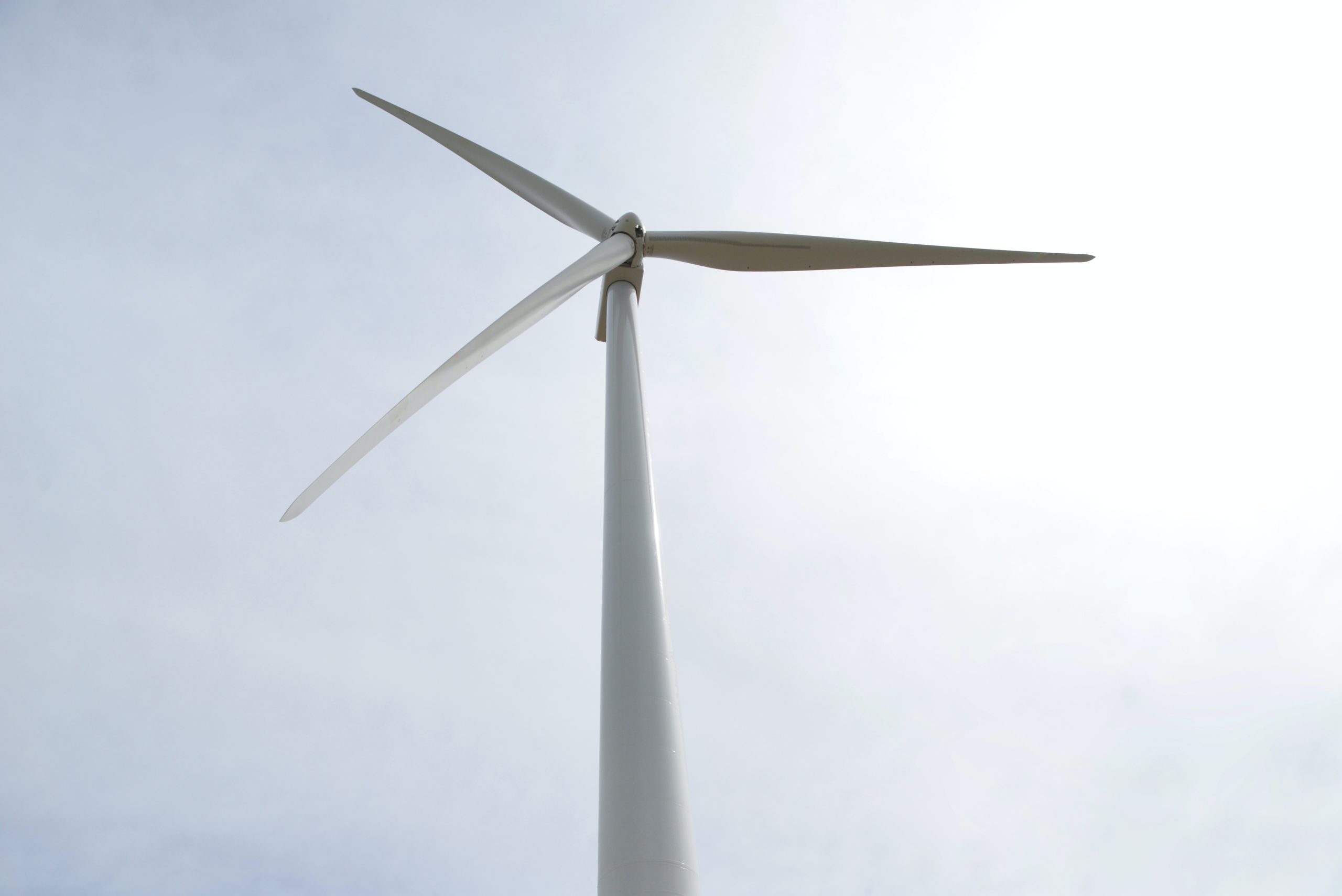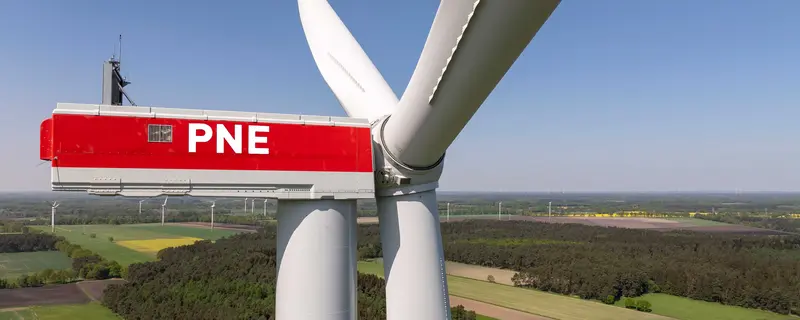Senate committees back Polish offshore. The assumed increase in the capacity of offshore wind farms from 5 to 12 GW, which will be built by 2030, is a landmark step towards the dynamic development of the new sector in Poland. Cooperation between business and government in this regard will be integral to success.
Committees on Budget and Public Finance and the Special Committee on Climate Affairs discussed, together with industry experts, the opportunities and threats facing investments in offshore wind farms. The implementation of the climate ministry’s proposed regulations and the industry’s recommendations will give a boost to all stakeholders, including the TSO, to further expand the grid in the north of the country and provide consumers with clean and affordable electricity.
The draft amendment to the Renewable Energy Act currently under consideration assumes an increase from 5 to 12 GW of offshore wind power capacity in Poland to be built by 2030. This is the change proposed by the Ministry of Climate and Environment to increase the share of renewables in national energy consumption. The draft has been approved by Sejm, and will be voted on by the Senate in the coming days.
New chapter for offshore in Poland
“Offshore wind energy is the most important energy target, regardless of the prevailing power”, pointed out Chairman of the Special Commission for Climate Affairs, Stanisław Gawłowski.
Despite the fact that Poland does not yet generate energy from offshore wind farms, it has so far managed to set ambitious targets for OWE in PEP2040, enact an offshore development plan or pass a dedicated law promoting electricity generation from offshore farms – experts pointed out. Support was also granted for 7 Phase I projects with a total capacity of 5.9 GW, and 11 adjudication proceedings were conducted for Phase II projects with a total capacity of 5.8 GW.
Thanks to the planned new RES sources in the Baltic Sea, the expansion of the National Electricity System (by two additional substations dedicated to receiving energy from offshore wind power plants) has begun, and work on the installation port in Świnoujście has started. A starting point for extensive cooperation between the administration and business is also the sectoral agreement for offshore development, signed by more than 200 entities.
Opportunities and challenges
Simplification of administrative procedures, primarily in terms of issuing permits, has been defined as one of the biggest brakes on the sector’s development.
“Realizing the potential of OWE as a large-scale renewable energy source will contribute to our country’s independence and energy security. However, current processes should first be optimized to make permitting procedures as easy and quick as possible. Today, permitting procedures delay the development of the Polish offshore sector the most and prevent it from competing with developed, European markets”, points out Janusz Gajowiecki, President of the Polish Wind Energy Association.
In addition to the removal of administrative regulation barriers, an important issue for the dynamic development of offshore wind power is the construction and modernization of the transmission infrastructure necessary to connect wind farms in the Baltic Sea. There is also a risk of limited fleet availability for OWE construction – insufficient number of vessels may become a “bottleneck” in the development of offshore wind farms in Poland.
Local content in the Polish offshore
The development of offshore wind farms represents an opportunity for the development of the local supply chain and the construction of a new, innovative sector of the economy. The realization of offshore wind potential will create and sustain thousands of innovative, well-paid jobs.
A representative of Equinor stressed the importance of a service port in Łeba.
“Our service base will be established there, which will serve wind farms built in the Baltic for decades to come. It will employ about 100 people, which is an opportunity for the economic development of the region and the revival of the local labor market”. The investor also pointed to the sector’s main challenges related to offshore wind investments. “In Poland, we see risks similar to those faced by the entire global market, i.e. price pressure in the supply chain, resulting from the macroeconomic situation, the multiplicity of ongoing and planned investments and limited availability of suppliers, as well as regulatory risks, related to the interpretation of regulations when issuing various types of permits”, stressed Michał Kołodziejczyk, Equinor.
A representative of the Baltic Power project, which is currently the most advanced offshore wind farm project in Poland, noted that the main suppliers for this investment have already been selected to carry it out. Out of 12 entities, 3 of them are large Polish companies.
PGE, as one of the leaders in the settlement of Phase II of offshore, obtaining 5 of the 11 sites made available, stresses that in its Baltica 2 and Baltica 3 projects, it cares about the maximum involvement of Polish companies. The investor supports increasing the total capacity of offshore wind farms (from 5GW to 12GW) that can be supported by the differential contract formula through auctions, which will enable the realization of more offshore wind farms with higher capacity volumes.
Senate’s extensive debate on the implementation of such large and complex investment projects shows that there are areas that need to be optimized so that first Polish wind farms in the Baltic can be efficiently and effectively built. Past experience and examples from other markets show that changes are needed.
Source: PWEA














